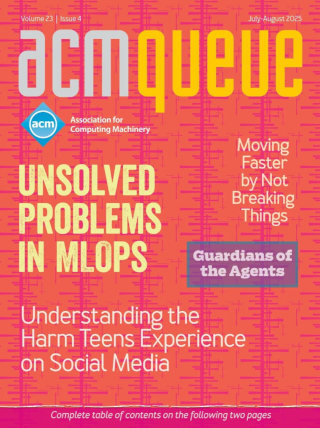Gordon Bell - A Time and a Place for Standards
Over the next decade, we will encounter at least three major opportunities where success will hinge largely on our ability to define appropriate standards. That’s because intelligently crafted standards that surface at just the right time can do much to nurture nascent industries and encourage product development simply by creating a trusted and reliable basis for interoperability. From where I stand, the three specific areas I see as particularly promising are: (1) all telecommunications and computing capabilities that work together to facilitate collaborative work; (2) hybrid computing/home entertainment products providing for the online distribution of audio and/or video content; and (3) wireless sensor and network platforms (the sort that some hope the 802.15.4 and ZigBee Alliance standards will ultimately enable).
Douglas C. Sicker, Tom Lookabaugh - VoIP Security: Not an Afterthought
Voice over IP (VoIP) promises to up-end a century-old model of voice telephony by breaking the traditional monolithic service model of the public switched telephone network (PSTN) and changing the point of control and provision from the central office switch to the end user’s device.
Sudhir R. Ahuja, Robert Ensor - VoIP: What is it Good for?
VoIP (voice over IP) technology is a rapidly expanding field. More and more VoIP components are being developed, while existing VoIP technology is being deployed at a rapid and still increasing pace. This growth is fueled by two goals: decreasing costs and increasing revenues.
James E. Coffman - Not Your Father’s PBX?
Perhaps no piece of office equipment is more taken for granted than the common business telephone. The technology behind this basic communication device, however, is in the midst of a major transformation. Businesses are now converging their voice and data networks in order to simplify their network operations and take advantage of the new functional benefits and capabilities that a converged network delivers from greater productivity and cost savings to enhanced mobility.
Comments
(newest first)



